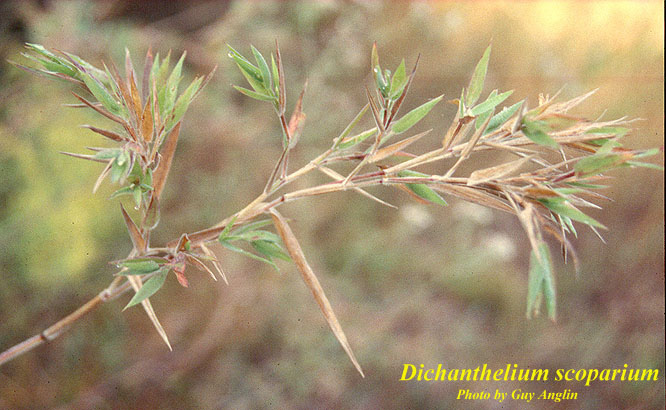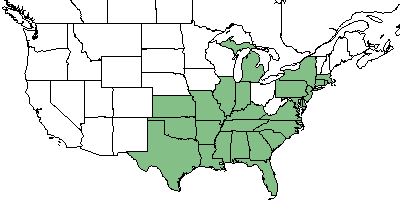Difference between revisions of "Dichanthelium scoparium"
(→Ecology) |
(→Cultivation and restoration) |
||
| Line 44: | Line 44: | ||
==Cultivation and restoration== | ==Cultivation and restoration== | ||
| + | ''D. scoparium'' has been used as a revegetation source when working to restore a disturbed area.<ref name= "USDA"> [https://plants.usda.gov/core/profile?symbol=CEAM USDA Plant Database]</ref> | ||
| + | |||
==Photo Gallery== | ==Photo Gallery== | ||
<gallery widths=180px> | <gallery widths=180px> | ||
</gallery> | </gallery> | ||
==References and notes== | ==References and notes== | ||
Revision as of 18:58, 21 May 2018
| Dichanthelium scoparium | |
|---|---|

| |
| Photo by the Atlas of Florida Plants Database | |
| Scientific classification | |
| Kingdom: | Plantae |
| Division: | Magnoliophyta - Flowering plants |
| Class: | Liliopsida - Moncots |
| Order: | Poales |
| Family: | Poaceae |
| Genus: | Dichanthelium |
| Species: | D. scoparium |
| Binomial name | |
| Dichanthelium scoparium (Lamarck) Gould | |

| |
| Natural range of Dichanthelium scoparium from USDA NRCS Plants Database. | |
Contents
Taxonomic Notes
Synonym: D. acuminatum var. fasciculatum
Variety: Panicum glutinoscabrum, Panicum scoparium (Lamark)
Description
D. scoparium is a perennial gaminoid of the Poaceae family that is native to North America. [1]
Distribution
D. scoparium is commonly found across the southeastern United States, reaching as far west as Texas, and along the east coast up into New England. [1]
Ecology
Habitat
Phenology
Flowering for D. scoparium occurs between May and July. [2]
Use by animals
Wild turkeys and white tailed deer use the plant for winter forage. Small mammals and birds feed on the plant. [1]
Conservation and Management
Cultivation and restoration
D. scoparium has been used as a revegetation source when working to restore a disturbed area.[1]